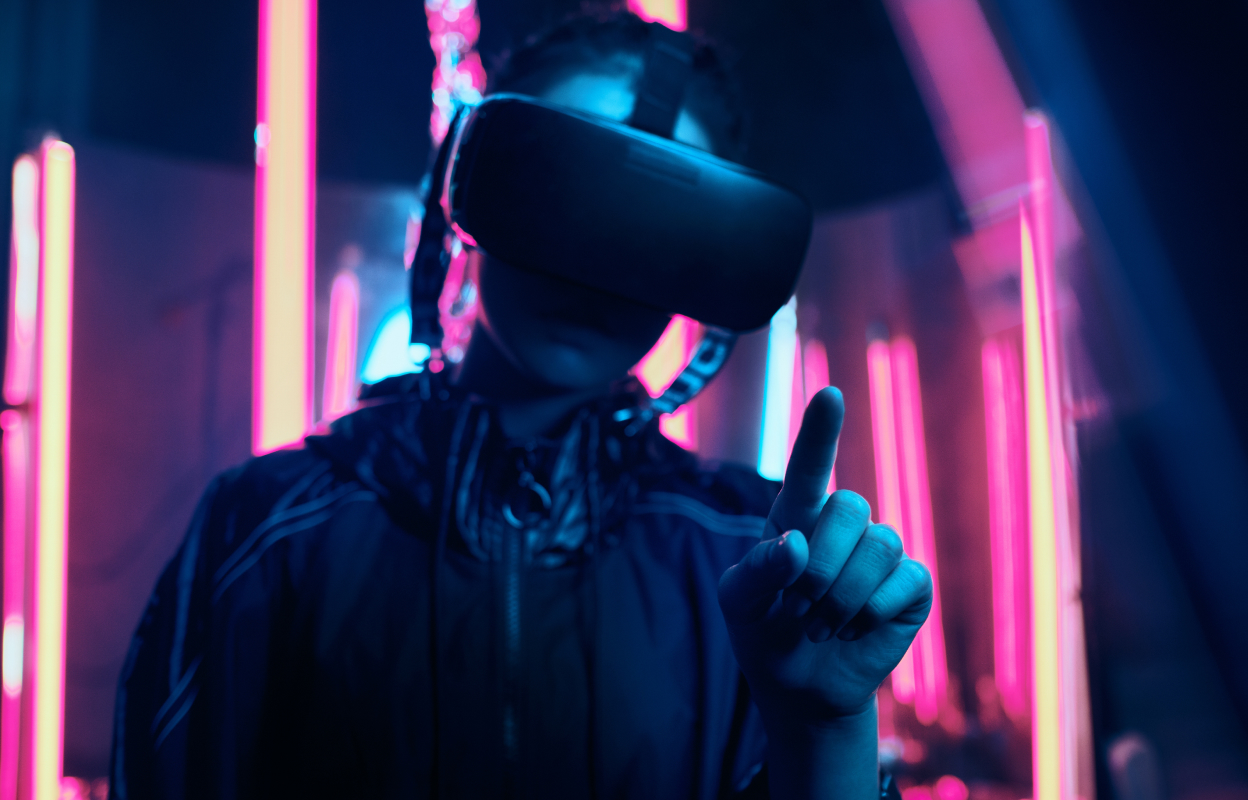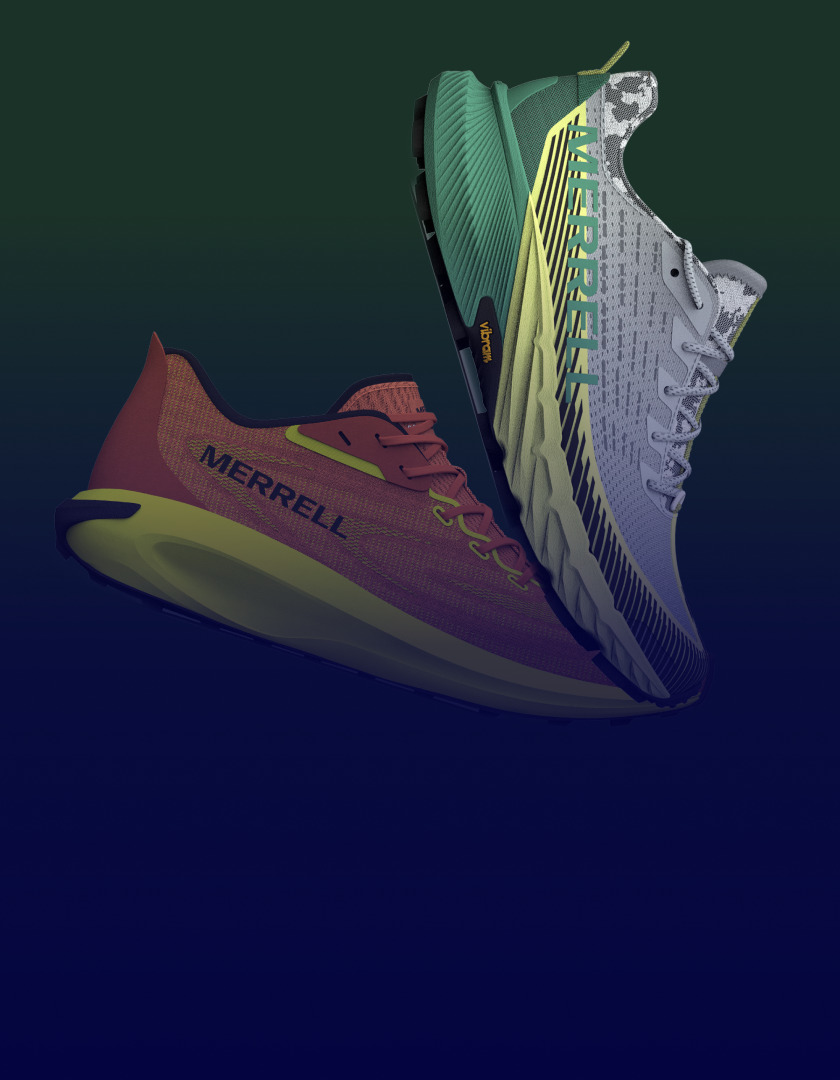How Digital Transformation in Fashion is Revolutionizing Consumer Engagement

The last two years accelerated a shift towards digital transformation in the fashion industry, pushing businesses to adopt digital solutions faster in order to survive.
The question is no longer whether to embrace technology: it’s which technologies, and how fast. While it can be daunting, it’s also a golden opportunity for fashion brands and retailers to invest in digital solutions that will enable them to give consumers what they want, how they want and when they want it.
What is Fashion Digitalization?
Fashion digitalization means different things to different companies. For one retailer, fashion digital transformation is a way to get closer to consumers, for other fashion brands it means pushing innovation or speeding time to market in order to stay closer to trend.
Whatever the specific goals, fashion digitalization requires a cohesive, deliberate strategy that integrates all systems in a company. True digital transformation touches and improves every area of business through organizational process change paired with modern technologies like Product Lifecycle Management (PLM), with the aim of benefitting the business, the employees, its vendors, its partners and of course, the customer.
What Disruptions are the Fashion Industry Facing?
The fashion industry continues to face a perfect storm of geopolitical turmoil, factory and port shutdowns, new regulations and inflation in energy, material and shipping costs and ever-changing consumer behavior. Simultaneously, there has been a significant shift towards remote employee collaboration and e-commerce sales. Sustainability is high on the consumer agenda, with visibility and transparency becoming critical to consumers, partners and regulators alike.
Here are the three key market shifts fashion brands and retailers need to pay attention to right now:
In the last two years many people reassessed their lifestyles; craving balance, freedom of choice and simplicity in the way they live. Now, with a potential recession on the rise and the cost of living dramatically increasing, customers are radically changing the way they live and more importantly, becoming more selective when parting with their cash.
As a result, customers increasingly desire a more humanized, sustainable and ethical retail experience that makes sense not just for the planet but for their local communities as well. To satisfy consumer demand for transparency in relation to the environmental and social impacts of fashion, many brands are investing resources in digital solutions to initiate, track and grow sustainability initiatives.
At the same time people want to simplify their purchase processes and have greater flexibility when buying and receiving a product. In response, the fashion industry is redirecting its focus from product and brand to the consumer and their experience. Built around an omnichannel strategy designed to strengthen the brand-consumer relationship, it’s no coincidence that the direct-to-consumer (DTC) model exploded in 2021.
It would be easy to assume that online shopping is replacing traditional retail, but the truth is, people who shop online still enjoy the social experience of in-store shopping. It’s proven that opening a physical store in new locations can boost online orders from customers in the area.
The mix of physical and digital retail defines the new consumer experience trend known as ‘phygital’. For fashion brands and retailers, the challenge is how to successfully merge wholesale, in-store, e-commerce and social media experiences.
Solutions like Centric PLM™ and Centric Planning™, can join the dots in all stages of the planning and product lifecycle. Particularly when integrating with other software such as CRM and ERP systems, replacing siloed, niche software solutions with a collaborative open platform that incorporates data from everywhere in real-time. Complex calculations and multidimensional analyses become light work with AI and ML forecasting allowing brands and retailers the ability to enhance their decision-making, improve product planning and development and speed time-to-market.
“…working with Centric is not only about implementing a PLM system. It is about developing new ways of working together and benefiting from the industry leader’s best practices and expertise.”- Carl Borg, Global IT Director at GANT
For fashion businesses, getting the physical and digital mix right can drive improved brand loyalty and customer retention, attract new customers, enhance customer service and generate better product strategies.
The fashion industry used to define consumers by very simple criteria such as age, gender and size. These days, a deeper understanding of consumers is needed. Technology powers data collection across unlimited criteria allowing brands to build a much fuller, more personalized picture of consumers and develop new collections accordingly.
Having a whole stack of data about your customers is one thing but using it to your advantage is a different ballgame. It’s also possible for fashion businesses to become too data-obsessed and lose touch with the human factor of fashion. Fashion brands and retailers need to ensure that they are gathering data with a purpose in mind – and that they have the analytical tools needed to make sense of it and use it effectively.
Never forget that people are human beings first and consumers second. People now expect more from the brands that they support. Essentially, they want brands they can trust; brands with a human touch – and that means clear brand positioning, transparency and customer-focused products.
How to Navigate Digital Transformation in the Fashion Industry
Fashion digital transformation solutions represent an opportunity for fashion brands and retailers to boost agility, replace outdated manual processes and connect more easily with partners, internal stakeholders and consumers. However, it can be difficult to navigate the galaxy of available options to choose solutions that solve day-to-day challenges and align with strategic business goals.
These are some guiding principles to consider:
DTC offers the perfect opportunity to focus on customers and provide a fantastic experience, but it’s about much more than just having an e-commerce platform.
Investing in a solution that integrates all of your digital touch points can generate the intelligence needed to connect with consumers and make smart and rapid decisions and create more relevant products. You’ll reap the rewards in customer loyalty and better engagement with your brand, which long-term will lead to more sales and stronger brand positioning.
If you make it easy for consumers to choose and purchase products from you, they’ll come back again and again. Even prior to the pandemic the consumer was moving towards the convenience of online – now there’s no turning back!
Digital transformation solutions such as Centric PLM, Centric Planning and Visual Boards make it easier to coordinate omnichannel product launch strategies, speed time to market and automatically push product information and visuals to your e-commerce platform and manage inventory to make products available online as soon as possible.
High-quality data from the right system will provide insights that drive strategic decisions about critical operations, such as inventory management. From seeing real-time product availability to accurately forecasting demand, effective digital tools can enable fashion businesses to reduce waste, overstocking and discounting, optimize margins and deliver a vastly improved experience to their customers.
Effective digital transformation will determine which fashion industry players adapt, and which brands and retailers struggle due to a lack of integration across teams and platforms, outdated processes and impeded visibility. Investing time and resources in selecting the right digital transformation solutions is a true investment in the future of your fashion business.









